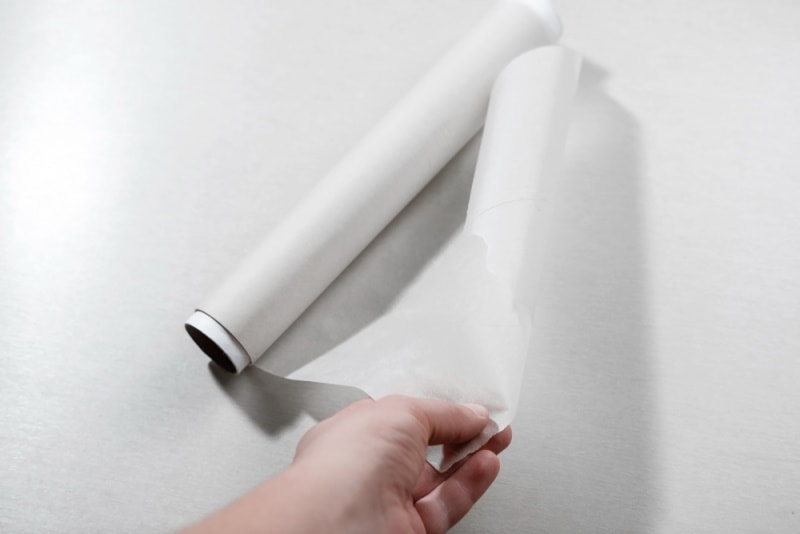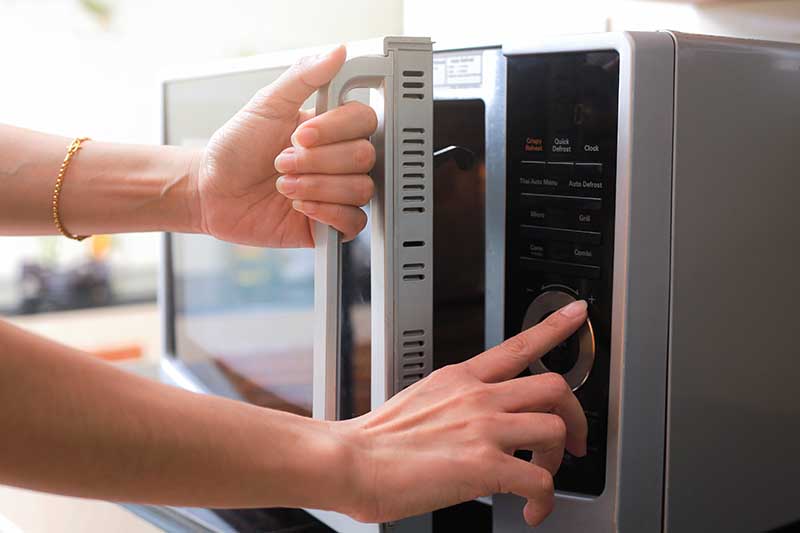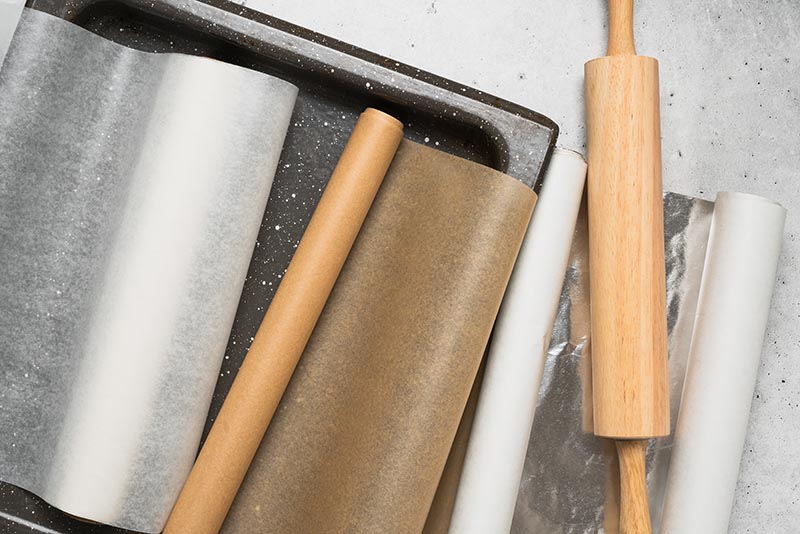Can You Microwave Wax Paper? Safety Tips & FAQ
-

- Last updated:

Wax paper is a handy tool in the kitchen, but plenty of us have found out the hard way that the oven isn’t as friendly to it as the fridge. Yet, while high temperatures may melt or even ignite it, wax paper is safe for the lower heat of a microwave. Used correctly, it can even be preferable to many plastic containers we use to hold our reheated dishes. Learn why wax paper is microwave-safe, and discover helpful tips for making microwaved meals more enjoyable.
Can You Microwave Wax Paper?
You can microwave wax paper without harming your microwave or food. As it contains no metal or toxic additives, wax paper is a safer alternative to plastic wrap for holding or covering food as it reheats.
Wax paper is a moisture and grease-resistant paper sheet using a food-safe paraffin wax coating. Paraffin wax begins melting at 100–115°F and has a flash point of around 390°F. While wax paper generally has a melting point of around 200°F, it still isn’t as practical in the oven as parchment paper. With its silicone coating, parchment paper can withstand temperatures up to 450°F.
Because a microwave doesn’t heat items directly, the wax paper stays cool while dishes reheat. Microwave energy stimulates water and fat molecules in food. As they start to move, these molecules rise in temperature and heat the rest of the food through conduction. Paper, plastic, and other non-food materials allow microwave energy to pass through without heating up. Metal deflects the radiation, making it generally unsafe in the microwave.

Is Wax Paper as Safe as Parchment Paper in the Microwave?
While the wax paper is safe in the microwave, it is not as versatile as parchment paper. Parchment paper can withstand high heat from the microwave to the oven without breaking down or leaching into food. By contrast, wax paper may reach its melting point under certain conditions.
Water can evaporate below the boiling point, so wax paper can be a decent cover for steaming and holding moisture while food reheats in the microwave. But you don’t want to let food heat too much, as it can cause the wax to melt once water nears its boiling point above 200°F. Meanwhile, foods high in fats and oils may get even hotter, albeit more slowly, than water-based foods.
Water will boil in about 2–5 minutes in a microwave, depending on the wattage. With that in mind, it’s best to microwave wax paper in intervals lasting only 2–3 minutes to prevent the wax from melting. Food-safe paraffin or soybean-based waxes won’t harm you if ingested, but they may affect the flavor of your food.
How to Use Wax Paper in the Microwave
It isn’t as durable as parchment paper, but wax paper is a money-saving alternative that is no less effective in many contexts. Save your parchment paper for the oven, and use wax paper instead for keeping foods fresh in the fridge and freezer. Meanwhile, the microwave is a gray area where both products will work, but wax paper comes with minor caveats.
Wax paper is an excellent tool for steaming food, retaining moisture for even heating, and preventing explosive splatters from messing up the microwave. But you must still be more watchful with it to keep the wax from migrating to your food.
Avoid direct contact with food to prevent the wax paper coating from transferring if it melts. Stop the microwave once every few minutes to allow the paper to cool without causing heat loss in your dish. Doing so is wise regardless of which material you use to cover your food, as you’ll generally want to stir or adjust your food frequently for more even heating anyways.

Conclusion
Wax paper will leave you with nothing except regret if you accidentally put it in the oven. But when you need a decent cover in the microwave, it’s a safer alternative to plastic wrap and often a cheaper option than parchment paper. Make it an essential part of your kitchen arsenal for cold storage, and follow these tips to get the best results whenever you need to pull your food from the fridge to the microwave.
Featured Image Credit: Denis Val, Shutterstock
Contents

